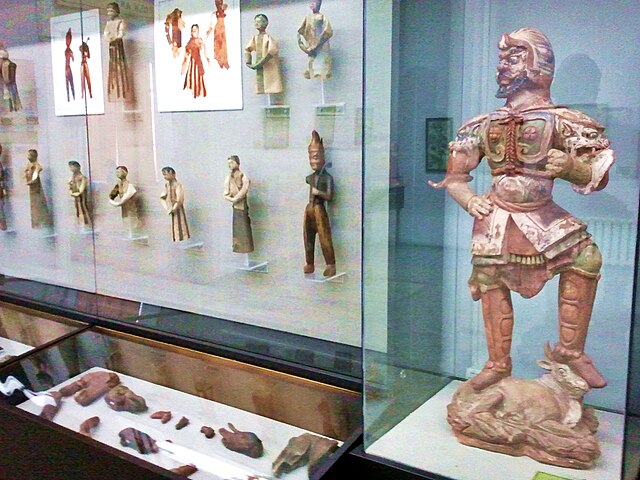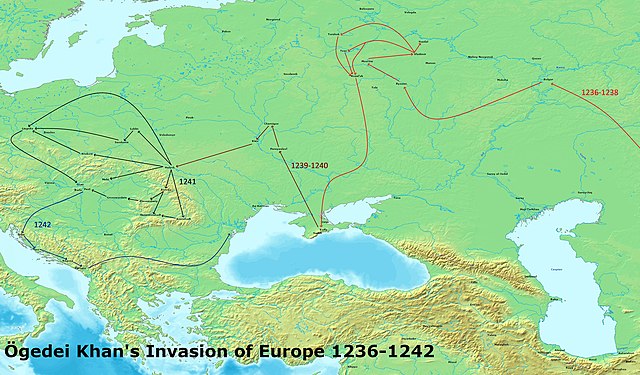Mongolian Revolution of 1921
The Mongolian Revolution of 1921 was a military and political event by which Mongolian revolutionaries, with the assistance of the Soviet Red Army, expelled Russian White Guards from the country, and founded the Mongolian People's Republic in 1924. Although nominally independent, the Mongolian People's Republic was a satellite state of the Soviet Union until the third Mongolian revolution in January 1990. The revolution also ended the Chinese Beiyang government's occupation of Mongolia, which had begun in 1919. The official Mongolian name of the revolution is "People's Revolution of 1921" or simply "People's Revolution".
Back row from left: ?, ?, Rinchingiin Elbegdorj, Soliin Danzan, Damdin Sükhbaatar, Ajvaagiin Danzan, Boris Shumyatsky, ?, Dogsomyn Bodoo
The Bogd Khan
Xu Shuzheng
The Russian Consulate in Niislel Hüree where Bodoo taught and headed the Consular Hill group
Mongolia is a landlocked country in East Asia, bordered by Russia to the north and China to the south. It covers an area of 1,564,116 square kilometres, with a population of just 3.3 million, making it the world's most sparsely populated sovereign state. Mongolia is the world's largest landlocked country that does not border a closed sea, and much of its area is covered by grassy steppe, with mountains to the north and west and the Gobi Desert to the south. Ulaanbaatar, the capital and largest city, is home to roughly half of the country's population.
7th-century artifacts found 180 km (112 mi) from Ulaanbaatar
1236–1242 Mongol invasions of Europe
Genghis Khan, the first Mongol Emperor
The eighth Jebtsundamba Khutuktu, Bogd Khaan








